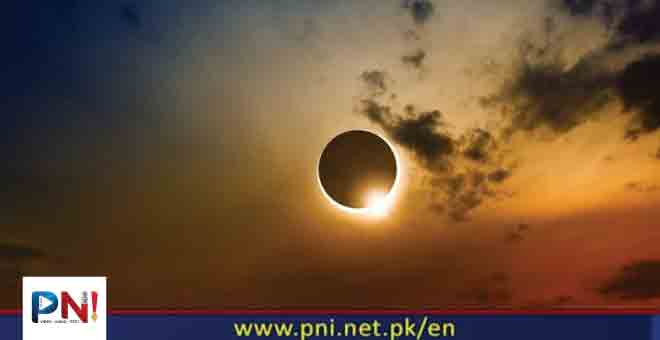Washington, April 9 (Online): A rare total solar eclipse drew a “path of totality” over North America, throwing swaths of the United States, Canada and Mexico into darkness in the middle of the day.
A solar eclipse occurs when the moon passes between the Earth and the sun, blocking our view of the sun as it passes. It’s called a total solar eclipse when the moon completely blocks the light of the sun. These events are rare, and can only be viewed in specific areas for short periods of time.
The path of totality for the 2024 total solar eclipse stretched from Texas to the East Coast. Cities including Dallas, Texas; Buffalo, New York; and Burlington, Vermont, were among the areas with the best views.
Total solar eclipses are rare, and ones that are visible from the United States are even rarer.
The events occur every one to three years somewhere around the globe, but are often only visible from Earth’s poles or from the middle of the ocean.
A number of factors go into enjoying a total solar eclipse. Viewers need clear skies to ensure the phenomenon isn’t blocked by clouds, and only those within the path of totality will see the full effect of the sun being blotted out. Those outside the path of totality can still observe a partial eclipse, when the moon covers some, but not all, of the sun, NASA said.
The next total solar eclipse will be on Aug. 12, 2026, according to NOAA. This eclipse will be viewable from the Arctic, eastern Greenland, northern Spain and Iceland.
Those looking to see a total solar eclipse in the United States will have to wait significantly longer. A total solar eclipse won’t occur in the contiguous U.S. until August 2044.
Follow the PNI Facebook page for the latest news and updates.







